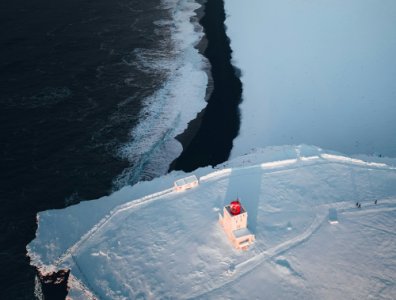Director lens on climate risk and opportunity
The July 2022 webinar shared practical approaches to using data and insights to make risk assessments, discussed incorporating climate scenarios into decision making by boards, and explored outcomes from effective climate risk assessment.
The session was hosted by Rikki Stancich, Director – Climate & Sustainability at Deloitte, and featured a panel conversation with directors from the tourism sector, Laurissa Cooney, Chair of Tourism Bay of Plenty and Co-Chair NZ Visitor Economy Adaptation Roadmap; and Jan Hunt, Chair of Skyline Enterprises and Tourism New Zealand board member.
Understanding Climate Related Disclosures
In preparation for Climate-Related Disclosures (CRD) companies need to ensure their governance structures provide clear accountability and oversight of climate-related risk. Reporting entities will need to provide evidence of an appropriate level of skill and expertise around the board table, effective oversight of climate risk management and evidence of advisory support or processes to upskill board climate competence.
The CRD is also focusing minds on the organisational risk management framework, ensuring it can accommodate both the chronic and temporal nature of climate risk. Organisations need to ensure that climate risk capture, monitoring and management is embedded into their BAU frameworks, establishing appropriate time horizons and global warming scenarios to test against, which will vary depending on the sector.
Types of risk
There are two types of risk and opportunity that need to be considered.
- Physical risks such as intense rainfall, extended dry periods, sea level rise, coastal inundation, coastal erosion, etc
- Transition risks which present as we decarbonize for example reputation, litigation, policy change, carbon pricing, and technology shifts.
The CRD requires that entities stress test against multiple scenarios. In New Zealand, NIWA has taken scenarios created by the Intergovernmental Panel on Climate Change and downscaled the data to make them applicable to the domestic context. They are categorised as orderly, disorderly, and hot house scenarios (refer to presentation slides for data).
The climate risk assessment process differs from a standard risk identification process. It requires assessment and ratings against exposure, sensitivity, and adaptive capacity before taking the combined ratings to provide an overall final risk rating.
Materiality analysis
Double materiality is the impact an organisation has on climate change, including its emissions profile and the extent which its core operations are contributing to global warming. And then on the flip side, how global warming or climate change will impact on business continuity of the entity.
The CRD framework inherently addresses this by requiring entities to provide evidence of a transition plan – a decarbonisation strategy and how the entity is working to limit their contribution to global warming (with third party assurance). They also need to demonstrate they have quantified the magnitude of risk that climate change presents for the organisation, and have identified adaptation options that ensure the operating model is resilient to the impacts of global warming.
- Materiality 1 considers impacts on enterprise value relating to emissions such as exposure to rising carbon prices, carbon taxes, penalties or fines, emissions abatement decisions and how those might impact on the balance sheet. Consideration needs to be given to upfront investment costs, return on investment and savings from any energy efficiency.
- Materiality 2 is the impact of climate risk on an organisation. This can be considered through identification, prioritisation (including interconnected or cascading risks) and the quantification of the financial impact of the top risks (tested across time horizons and scenarios). This makes both the assessment and the mitigation more holistic.
Overview of the guidance by the Climate Governance Initiative in collaboration with the World Economic Forum, and also how it relates to NZ Climate Standard (CS) 1.

This overview or climate risk and opportunity was followed by a question and answer session with directors Laurissa Cooney and Jan Hunt. To watch the discussion, please view the recording starting from minute 21.55.



